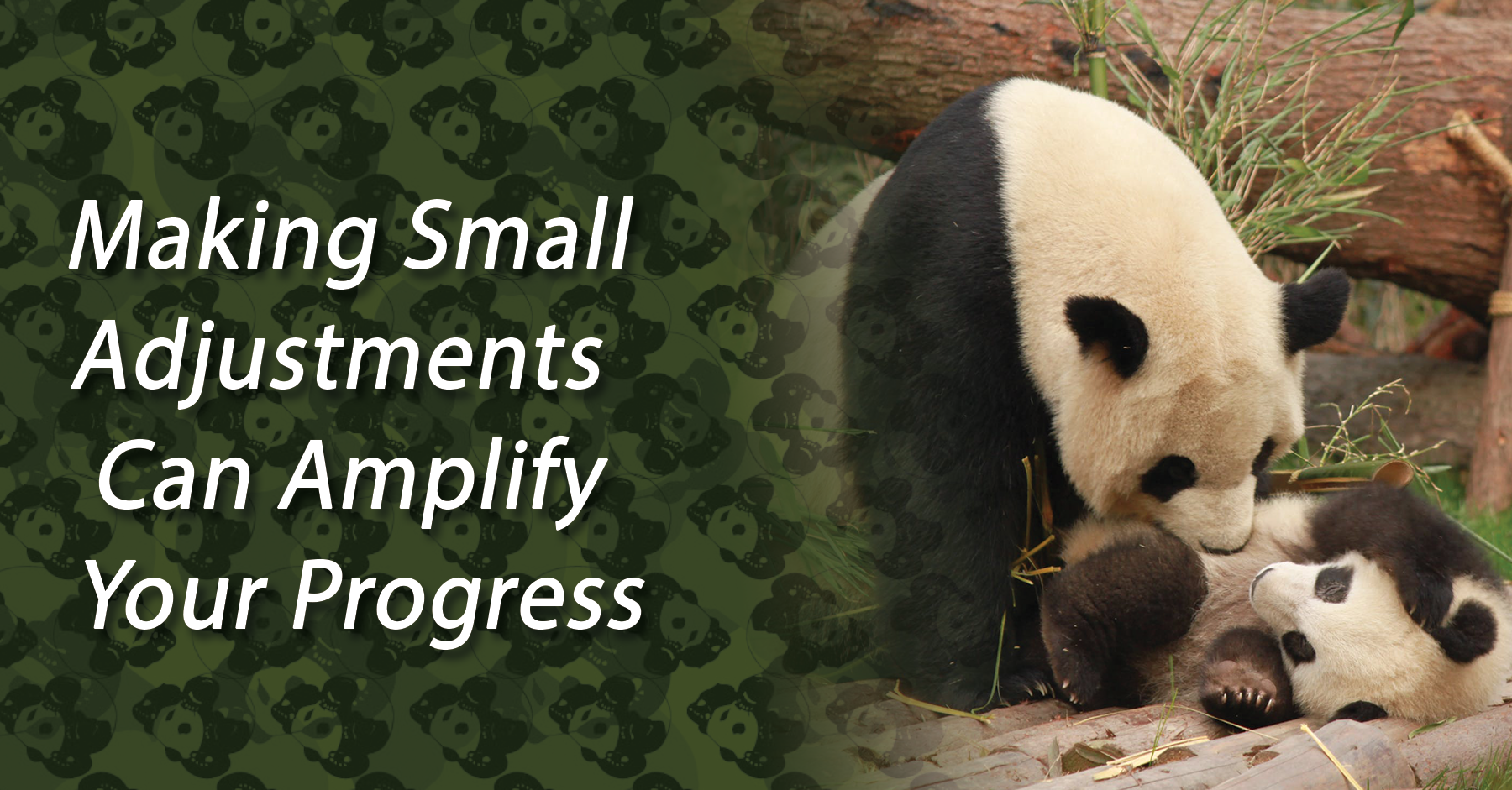
Making Small Adjustments Can Amplify Your Progress
Like most, I’ve been training much less over the last few months. But in recent weeks, I’ve started meeting up with my friend Mike to train in his garage, where we roll for five or six rounds once a week.
I’ve trained with Mike consistently for the last three years. So we’re deeply familiar with each other’s favorite techniques, styles, timing, and biggest weaknesses. In normal circumstances, this makes our rolling sessions gritty and competitive. The favorable outcome goes to the person who has a better mindset that day.
But now that we’re only training once a week, having a good day has become a more cerebral pursuit. He who prepares more during the week will have the edge on Sunday.
I find myself reflecting on each session. I ask myself what Mike is doing to keep me so far out of balance in his guard or what made my back attacks so effective this time, when last week I found it impossible to get on his back. I think about why that omoplata setup has failed every time I’ve tried it, and I contemplate what single detail I could change that might make it more effective.
This is the scientific method in jiu-jitsu. The fast track to improvement is to make the smallest possible change to a single variable and then to test it.
If your knee cut pass is not as effective as you expect it to be, ask yourself or a partner what single component is causing the most consistent challenge. Are you leaving too much space? Are you out of balance? Is your pressure misdirected? Are you winning the grip fight before you attack?
Once you identify the problem, you can be resourceful about the solution. Ask your coach for advice, watch footage of the best knee cut passers or find a guard passing instructional and focus on the knee cut. But rather than trying to learn all of the nuance to Lucas Lepri’s or Romulo Barral’s knee cut, focus only on a single detail that addresses your biggest problem. Something that appears minor, like foot position, could make all the difference.
Drill the solution with a partner and ask for feedback. Questions like “is there more pressure when I do it this way?” or “can you defend this time?” can go a long way toward identifying if the adjustment you’ve made is beneficial.
Because you’re not reinventing your game entirely, you’ll likely find it easy to put the new movement pattern to muscle memory. Once you’ve developed the habit, evaluate honestly. Is the pass working more consistently now? If not, what other variable can you change?
But if you find that your adjustment has been fruitful, it’s time to go exploring. You can take your newly acquired, minute skill and try to discover other positions or scenarios in which it may apply. You can also switch your perspective and reverse-engineer your adjustment. If a minor footing alteration can make your guard passing more effective, it may be useful to learn to prevent your opponent from establishing that same foot position.
Over time, the accumulative small adjustments you’ve made can become the connective tissue of your jiu-jitsu game. They are the details you recognize in every scenario that give you a little bit more pressure, a slightly more secure frame, a more dominant grip.
Moreover, paying attention to these small details may make you better prepared to troubleshoot a technique on the fly. Armed with a litany of micro adjustments, you’ll begin to garner a sense of how many minuscule alterations can drastically change the efficacy of a position or technique. You’ll be able to develop a game that is truly your own.
Corey Stockton is a brown belt at East Coast United BJJ in White Plains, NY under Jojo Guarin. He competes more often than is healthy, and spends the rest of his free time writing about other, far superior competitors for FloGrappling.
Other articles:
Quick links
Contact us
About us
Quality BJJ gear at fair prices, available all year. Founded in 2012 to provide an alternative to high-cost, limited edition gis. Dive into the BJJ lifestyle with us—join the Panda Nation!"
